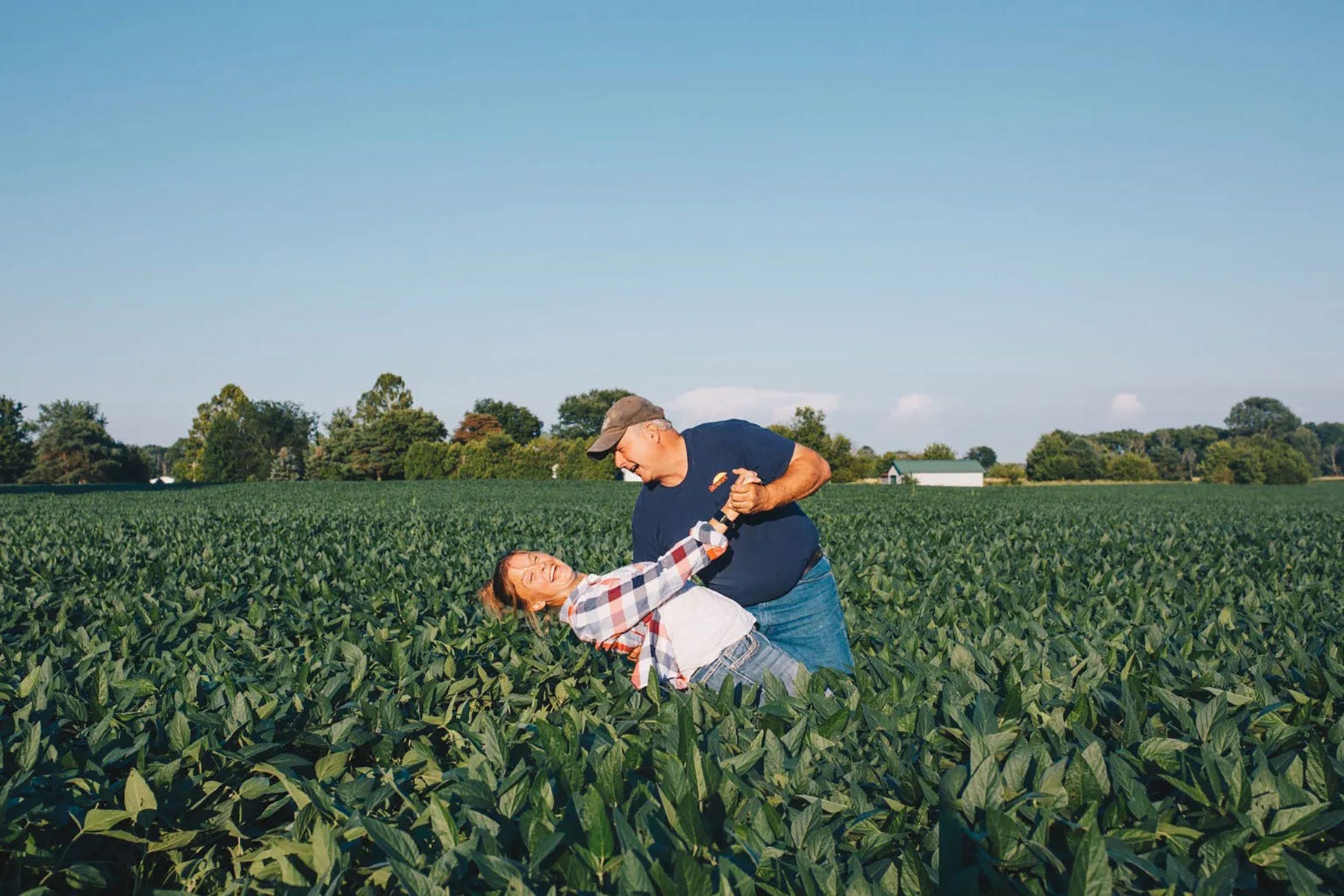January 12, 2024

by Katelyn Yeend
Technology is everywhere today. Most people have a smartphone and Facebook page, and nearly all businesses have a website. The truth is, all businesses, including farms, benefit from a website. It can connect, inform and create a second revenue stream for your farm.
“I think that some of the most successful farms have a strong social media presence,” says Ashley Adair, Purdue Extension organic agriculture specialist. Adair says many farms have seen success from either their social media presence or website.
A website can tell the story of your farm. Many farms are still family-run and operated. With the increase of campaigns encouraging consumers to buy local and support small businesses, people want to hear your story. Websites are especially valuable for older audiences, Adair says.
There are free platforms available that have premade templates, she notes. Wix.com or wordspaces.com can get you started telling your story, while squarespace.com is more suited for e-commerce.
Starting ‘The Farmwife Feeds’
Jennifer Campbell farms alongside her husband in Johnson County, Ind., raising contract hogs and cattle, and growing corn, soybeans and grains. Campbell started The Farmwife Feeds to share her home-cooked recipes but also to share stories of farm life.
She has also done freelance writing for Indiana Prairie Farmer and DTN/Progressive Farmer. She wrote ”Meet Pete,” a children’s book.
Campbell says her work helps bridge the gap for her community. “Part of the goal for me was that even local people needed to know why we were taking up the roads or why we grow all this corn,” she says.
The Farmwife Feeds website has improved through trial and error. Based on feedback from her readers, Campbell separated recipes from farm life content, making the site more readable while also growing the reader base.

GREETINGS FROM THE CAMPBELLS: Jennifer Campbell tells about life with her husband, Chris, and their family through social media outlets. (Courtesy of Jennifer Campbell)
Newsletters tell stories
Beth Tharp and her family use a website, newsletter and social media pages to educate the community and increase employment on their Putnam County, Ind., farm. Find them at leganlivestock.com. They raise sows and grow corn and soybeans.
“We do the best we can to educate people while they are driving down the road,” Tharp says.
Legan Livestock and Grain shares its core values and on-the-farm insights in a newsletter. Facebook and Instagram pages promote their butcher shop, LTFarmMeats. Their social media pages help them have positive interactions with their customers and community, Tharp says.
Start small
The key to a successful communication plan is keeping things manageable. “A communication effort is like eating healthy or dieting,” says Kevin Smith, communication specialist in Purdue’s Department of Agricultural Sciences Education and Communication.
“Start off modestly with what you can do and then scale up,” Smith says. “Some people get really excited about their websites and go all out at the beginning. While this creates a great site, many are unable to scale up.”
Most farm operators don’t have the time to dive right into a complex website with multiple pages and types of content, he observes. It’s best to start small and produce an informative, professional website. Begin with the bare bones, including your farm story and pictures.
Building the brand
Building your own personal brand helps followers instantly recognize you. Develop a brand guide to help you stay on brand. This guide should include your message, mission, color palette, fonts, images and logos, Smith says.
First, focus on identifying your target audience. Is it those already in the industry or those disconnected? Is it a mix of both, or a completely different audience? Finding your audience is key to finding your message.
Next, pick colors for your site and printed materials. Choosing two or three main colors creates unity. Color palettes available through web searches can help you pick colors that have a message and work well together. Settle on one or two primary fonts to help keep your messages uniform.
Creating a logo is the final part of your brand. Logos are the primary way for a reader to easily recognize you.
“The most important thing is maintaining brand discipline with your subject matter and how you present it,” Smith emphasizes.
The story
Readers want to hear your story and understand more. Gaining insight into someone else’s day-to-day life can help people feel a sense of community. Experts say that by telling your story, you are helping bridge the gap between farmers and consumers.
Many consumers are detached from farm life. As they “drive down the road less traveled,” they begin to wonder who lives there and what they are doing. The internet is at our fingertips nearly all day long. Use it to your advantage.
Yeend is a senior in agricultural communication at Purdue University.
Read more about:
CommunicationYou May Also Like




